Jiwei Zhang
Feel the Difference? A Comparative Analysis of Emotional Arcs in Real and LLM-Generated CBT Sessions
Aug 28, 2025Abstract:Synthetic therapy dialogues generated by large language models (LLMs) are increasingly used in mental health NLP to simulate counseling scenarios, train models, and supplement limited real-world data. However, it remains unclear whether these synthetic conversations capture the nuanced emotional dynamics of real therapy. In this work, we conduct the first comparative analysis of emotional arcs between real and LLM-generated Cognitive Behavioral Therapy dialogues. We adapt the Utterance Emotion Dynamics framework to analyze fine-grained affective trajectories across valence, arousal, and dominance dimensions. Our analysis spans both full dialogues and individual speaker roles (counselor and client), using real sessions transcribed from public videos and synthetic dialogues from the CACTUS dataset. We find that while synthetic dialogues are fluent and structurally coherent, they diverge from real conversations in key emotional properties: real sessions exhibit greater emotional variability,more emotion-laden language, and more authentic patterns of reactivity and regulation. Moreover, emotional arc similarity between real and synthetic speakers is low, especially for clients. These findings underscore the limitations of current LLM-generated therapy data and highlight the importance of emotional fidelity in mental health applications. We introduce RealCBT, a curated dataset of real CBT sessions, to support future research in this space.
A Unified RCS Modeling of Typical Targets for 3GPP ISAC Channel Standardization and Experimental Analysis
May 27, 2025Abstract:Accurate radar cross section (RCS) modeling is crucial for characterizing target scattering and improving the precision of Integrated Sensing and Communication (ISAC) channel modeling. Existing RCS models are typically designed for specific target types, leading to increased complexity and lack of generalization. This makes it difficult to standardize RCS models for 3GPP ISAC channels, which need to account for multiple typical target types simultaneously. Furthermore, 3GPP models must support both system-level and link-level simulations, requiring the integration of large-scale and small-scale scattering characteristics. To address these challenges, this paper proposes a unified RCS modeling framework that consolidates these two aspects. The model decomposes RCS into three components: (1) a large-scale power factor representing overall scattering strength, (2) a small-scale angular-dependent component describing directional scattering, and (3) a random component accounting for variations across target instances. We validate the model through mono-static RCS measurements for UAV, human, and vehicle targets across five frequency bands. The results demonstrate that the proposed model can effectively capture RCS variations for different target types. Finally, the model is incorporated into an ISAC channel simulation platform to assess the impact of target RCS characteristics on path loss, delay spread, and angular spread, providing valuable insights for future ISAC system design.
Research and Experimental Validation for 3GPP ISAC Channel Modeling Standardization
Apr 14, 2025Abstract:Integrated Sensing and Communication (ISAC) is considered a key technology in 6G networks. An accurate sensing channel model is crucial for the design and sensing performance evaluation of ISAC systems. The widely used Geometry-Based Stochastic Model (GBSM), typically applied in standardized channel modeling, mainly focuses on the statistical fading characteristics of the channel. However, it fails to capture the characteristics of targets in ISAC systems, such as their positions and velocities, as well as the impact of the targets on the background. To address this issue, this paper proposes an extended GBSM (E-GBSM) sensing channel model that incorporates newly discovered channel characteristics into a unified modeling framework. In this framework, the sensing channel is divided into target and background channels. For the target channel, the model introduces a concatenated modeling approach, while for the background channel, a parameter called the power control factor is introduced to assess impact of the target on the background channel, making the modeling framework applicable to both mono-static and bi-static sensing modes. To validate the proposed model's effectiveness, measurements of target and background channels are conducted in both indoor and outdoor scenarios, covering various sensing targets such as metal plates, reconfigurable intelligent surfaces, human bodies, UAVs, and vehicles. The experimental results provide important theoretical support and empirical data for the standardization of ISAC channel modeling.
InpDiffusion: Image Inpainting Localization via Conditional Diffusion Models
Jan 06, 2025



Abstract:As artificial intelligence advances rapidly, particularly with the advent of GANs and diffusion models, the accuracy of Image Inpainting Localization (IIL) has become increasingly challenging. Current IIL methods face two main challenges: a tendency towards overconfidence, leading to incorrect predictions; and difficulty in detecting subtle tampering boundaries in inpainted images. In response, we propose a new paradigm that treats IIL as a conditional mask generation task utilizing diffusion models. Our method, InpDiffusion, utilizes the denoising process enhanced by the integration of image semantic conditions to progressively refine predictions. During denoising, we employ edge conditions and introduce a novel edge supervision strategy to enhance the model's perception of edge details in inpainted objects. Balancing the diffusion model's stochastic sampling with edge supervision of tampered image regions mitigates the risk of incorrect predictions from overconfidence and prevents the loss of subtle boundaries that can result from overly stochastic processes. Furthermore, we propose an innovative Dual-stream Multi-scale Feature Extractor (DMFE) for extracting multi-scale features, enhancing feature representation by considering both semantic and edge conditions of the inpainted images. Extensive experiments across challenging datasets demonstrate that the InpDiffusion significantly outperforms existing state-of-the-art methods in IIL tasks, while also showcasing excellent generalization capabilities and robustness.
Cascaded channel modeling and experimental validation for RIS assisted communication system
Dec 10, 2024Abstract:Reconfigurable Intelligent Surface (RIS) is considered as a promising technology for 6G due to its ability to actively modify the electromagnetic propagation environment. Accurate channel modeling is essential for the design and evaluation of RIS assisted communication systems. Most current research models the RIS channel as a cascade of Tx-RIS and RIS-Rx sub-channels. However, most validation efforts regarding this assumption focus on large-scale path loss. To further explore this, in this paper, we derive and extend a convolution expression of RIS cascaded channel model based on the previously proposed Geometry-based Stochastic Model (GBSM)-based RIS cascaded channels. This model follows the 3GPP standard framework and leverages parameters such as angles, delays, and path powers defined in the GBSM model to more accurately reflect the smallscale characteristics of RIS multipath cascades. To verify the accuracy of this model, we conduct measurements of the TxRIS-Rx channel, Tx-RIS, and RIS-Rx sub-channels in a factory environment at 6.9 GHz, using the measured data to demonstrate the models validity and applicability in real-world scenarios. Validation with measured data shows that the proposed model accurately describes the characteristics of the RIS cascaded channel in terms of delay, angle, and power in complex multipath environments, providing important references for the design and deployment of RIS systems.
Learning to Prune Instances of Steiner Tree Problem in Graphs
Aug 25, 2022


Abstract:We consider the Steiner tree problem on graphs where we are given a set of nodes and the goal is to find a tree sub-graph of minimum weight that contains all nodes in the given set, potentially including additional nodes. This is a classical NP-hard combinatorial optimisation problem. In recent years, a machine learning framework called learning-to-prune has been successfully used for solving a diverse range of combinatorial optimisation problems. In this paper, we use this learning framework on the Steiner tree problem and show that even on this problem, the learning-to-prune framework results in computing near-optimal solutions at a fraction of the time required by commercial ILP solvers. Our results underscore the potential of the learning-to-prune framework in solving various combinatorial optimisation problems.
Variational Autoencoder with CCA for Audio-Visual Cross-Modal Retrieval
Dec 05, 2021

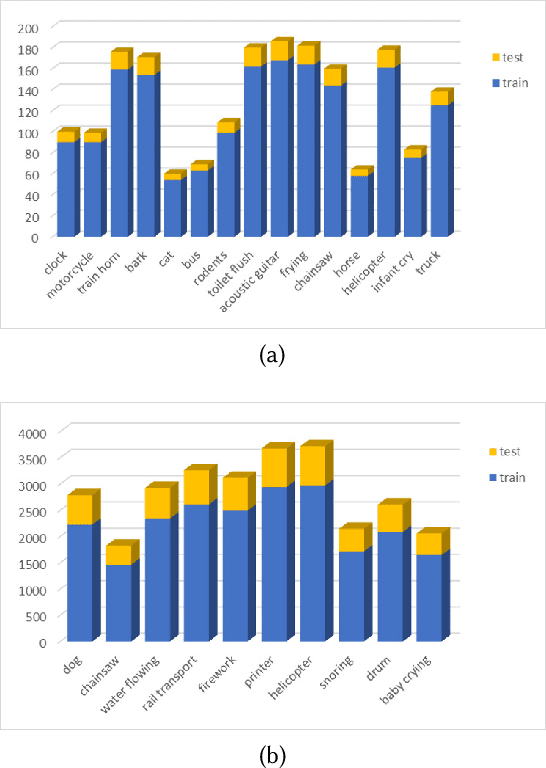

Abstract:Cross-modal retrieval is to utilize one modality as a query to retrieve data from another modality, which has become a popular topic in information retrieval, machine learning, and database. How to effectively measure the similarity between different modality data is the major challenge of cross-modal retrieval. Although several reasearch works have calculated the correlation between different modality data via learning a common subspace representation, the encoder's ability to extract features from multi-modal information is not satisfactory. In this paper, we present a novel variational autoencoder (VAE) architecture for audio-visual cross-modal retrieval, by learning paired audio-visual correlation embedding and category correlation embedding as constraints to reinforce the mutuality of audio-visual information. On the one hand, audio encoder and visual encoder separately encode audio data and visual data into two different latent spaces. Further, two mutual latent spaces are respectively constructed by canonical correlation analysis (CCA). On the other hand, probabilistic modeling methods is used to deal with possible noise and missing information in the data. Additionally, in this way, the cross-modal discrepancy from intra-modal and inter-modal information are simultaneously eliminated in the joint embedding subspace. We conduct extensive experiments over two benchmark datasets. The experimental outcomes exhibit that the proposed architecture is effective in learning audio-visual correlation and is appreciably better than the existing cross-modal retrieval methods.
DL-AMP and DBTO: An Automatic Merge Planning and Trajectory Optimization and Its Application in Autonomous Driving
Jul 30, 2021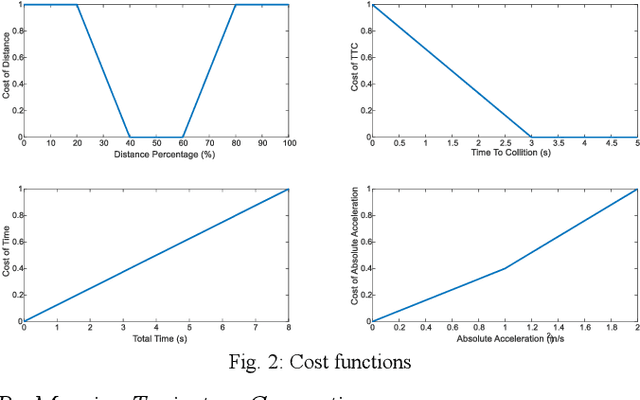
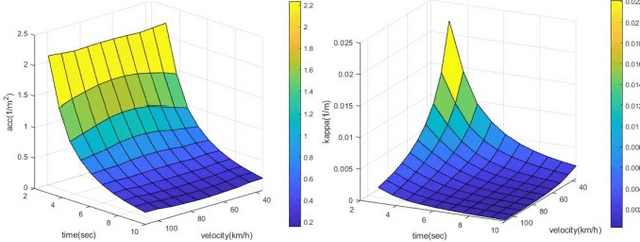
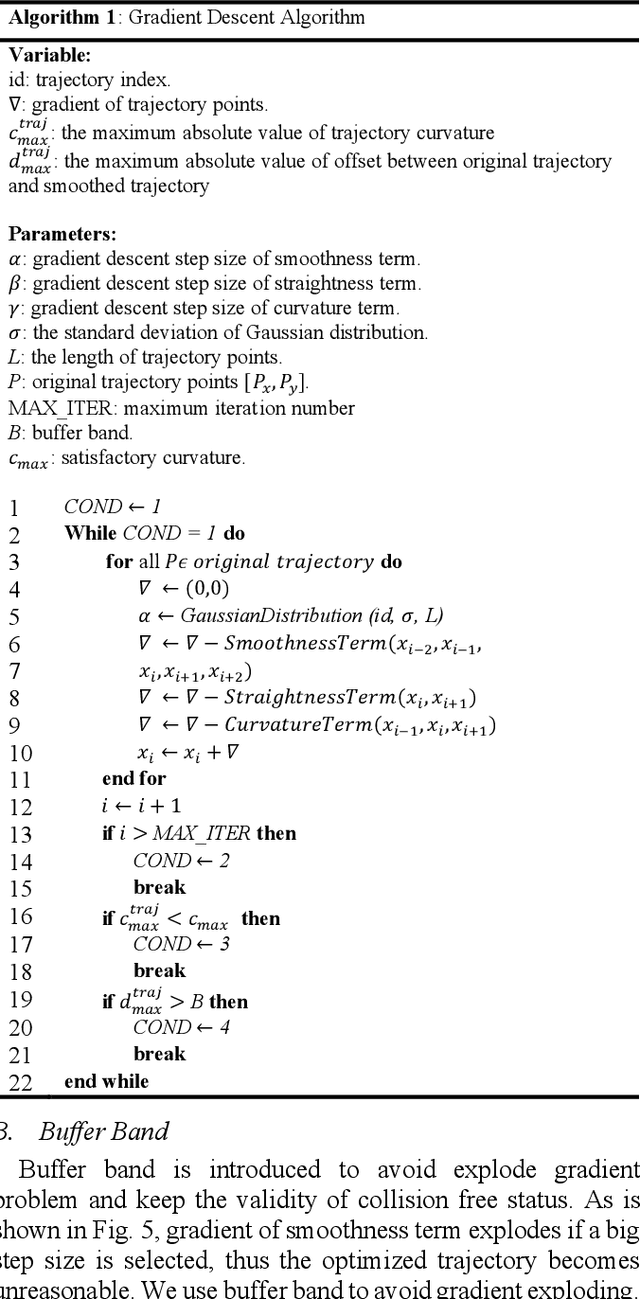
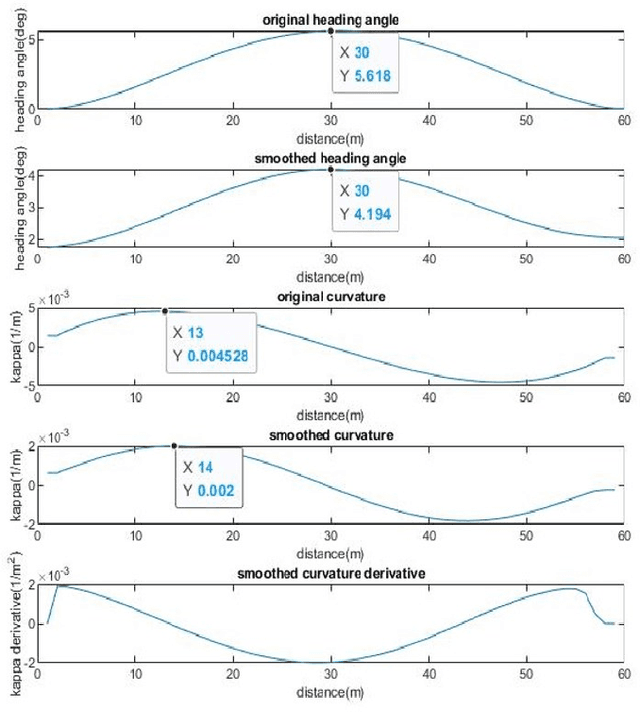
Abstract:This paper presents an automatic merging algorithm for autonomous driving vehicles, which decouples the specific motion planning problem into a Dual-Layer Automatic Merge Planning (DL_AMP) and a Descent-Based Trajectory Optimization (DBTO). This work leads to great improvements in finding the best merge opportunity, lateral and longitudinal merge planning and control, trajectory postprocessing and driving comfort.
Frequency Principle in Deep Learning Beyond Gradient-descent-based Training
Jan 04, 2021



Abstract:Frequency perspective recently makes progress in understanding deep learning. It has been widely verified in both empirical and theoretical studies that deep neural networks (DNNs) often fit the target function from low to high frequency, namely Frequency Principle (F-Principle). F-Principle sheds light on the strength and the weakness of DNNs and inspires a series of subsequent works, including theoretical studies, empirical studies and the design of efficient DNN structures etc. Previous works examine the F-Principle in gradient-descent-based training. It remains unclear whether gradient-descent-based training is a necessary condition for the F-Principle. In this paper, we show that the F-Principle exists stably in the training process of DNNs with non-gradient-descent-based training, including optimization algorithms with gradient information, such as conjugate gradient and BFGS, and algorithms without gradient information, such as Powell's method and Particle Swarm Optimization. These empirical studies show the universality of the F-Principle and provide hints for further study of F-Principle.
A priori generalization error for two-layer ReLU neural network through minimum norm solution
Dec 10, 2019
Abstract:We focus on estimating \emph{a priori} generalization error of two-layer ReLU neural networks (NNs) trained by mean squared error, which only depends on initial parameters and the target function, through the following research line. We first estimate \emph{a priori} generalization error of finite-width two-layer ReLU NN with constraint of minimal norm solution, which is proved by \cite{zhang2019type} to be an equivalent solution of a linearized (w.r.t. parameter) finite-width two-layer NN. As the width goes to infinity, the linearized NN converges to the NN in Neural Tangent Kernel (NTK) regime \citep{jacot2018neural}. Thus, we can derive the \emph{a priori} generalization error of two-layer ReLU NN in NTK regime. The distance between NN in a NTK regime and a finite-width NN with gradient training is estimated by \cite{arora2019exact}. Based on the results in \cite{arora2019exact}, our work proves an \emph{a priori} generalization error bound of two-layer ReLU NNs. This estimate uses the intrinsic implicit bias of the minimum norm solution without requiring extra regularity in the loss function. This \emph{a priori} estimate also implies that NN does not suffer from curse of dimensionality, and a small generalization error can be achieved without requiring exponentially large number of neurons. In addition the research line proposed in this paper can also be used to study other properties of the finite-width network, such as the posterior generalization error.
 Add to Chrome
Add to Chrome Add to Firefox
Add to Firefox Add to Edge
Add to Edge